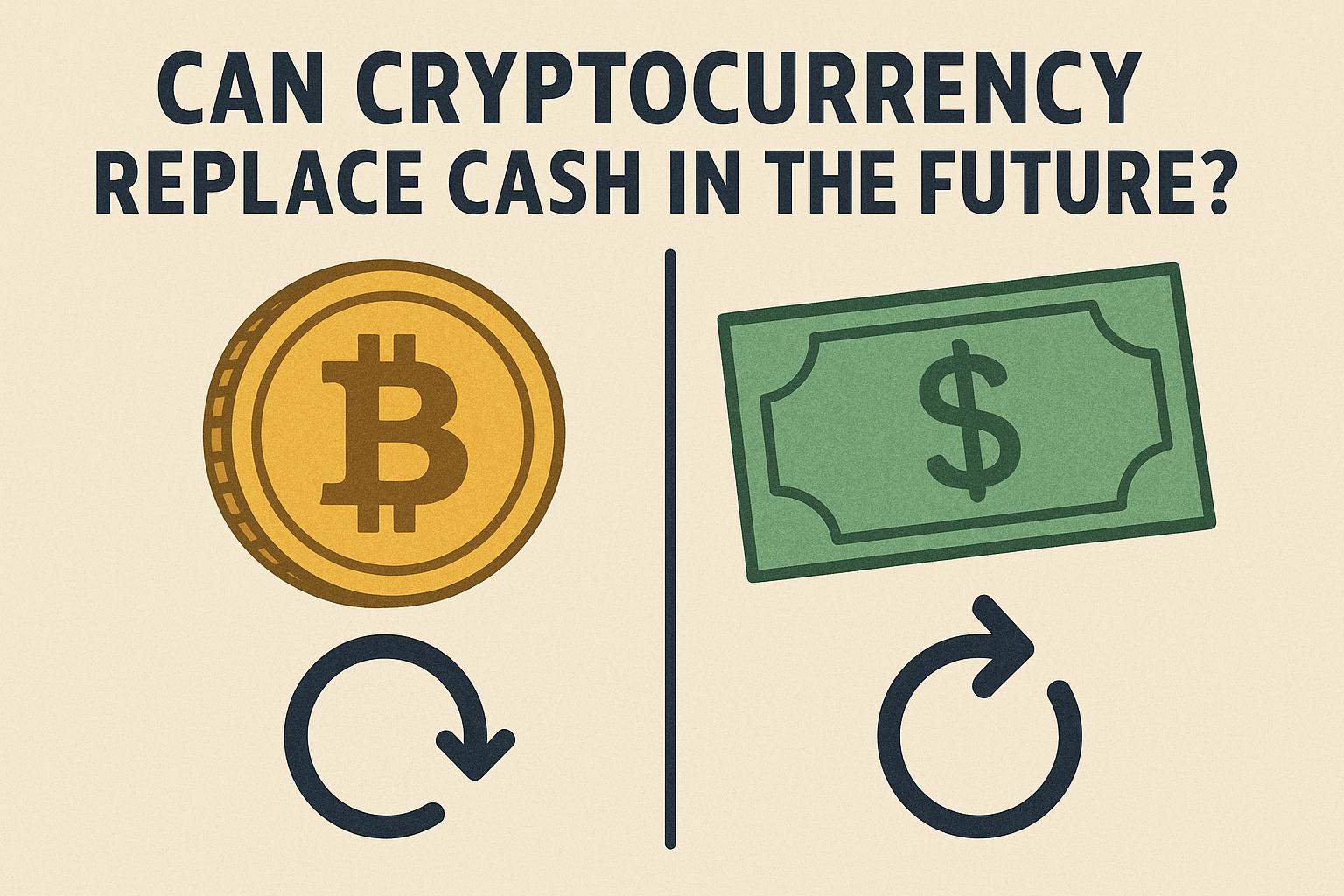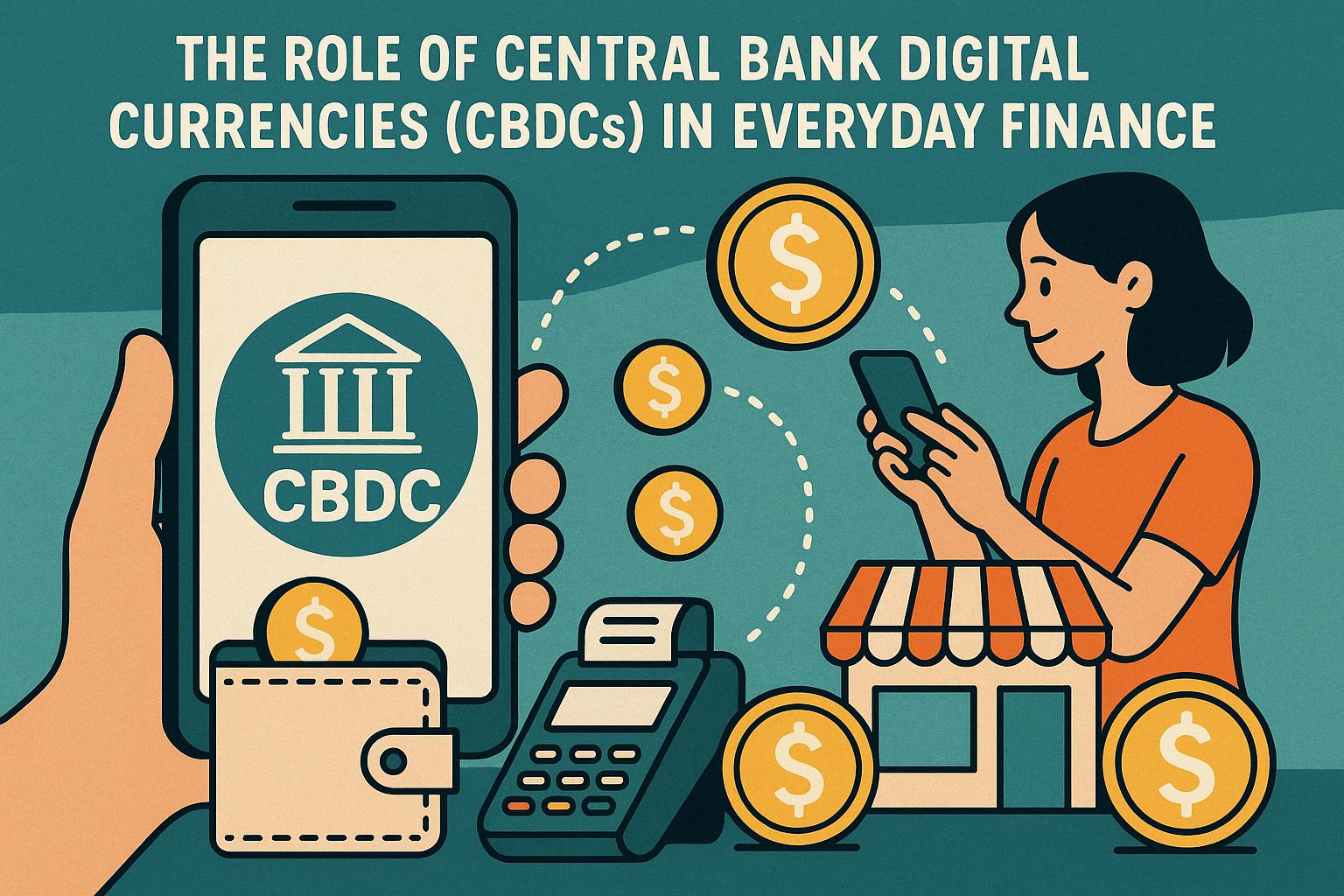Understanding Cryptocurrency as a Payment Method
Cryptocurrency’s rise as a viable payment method is reshaping the way people engage in everyday transactions. From grabbing a cup of coffee to filling up your car with gas, digital currencies are becoming an increasingly common choice. As more businesses open their doors to accepting digital payments, understanding the nuts and bolts of using cryptocurrencies as a payment method becomes essential.
Setting Up a Crypto Wallet
A necessary first step in using cryptocurrency for purchases is setting up a digital wallet. This tool functions as a digital equivalent of a physical wallet, but with expanded capabilities. It allows you to securely store your digital coins, send them when needed, and receive funds from others. Various types of wallets are available, catering to different uses and preferences.
For users prioritizing robust security, hardware wallets, like Ledger and Trezor, are solid choices. These offline devices significantly reduce the risk of digital theft. On the other hand, software wallets, such as MetaMask and Trust Wallet, offer convenience with easy access through your smartphone or computer. When choosing a wallet, it is crucial to ensure that it supports the specific type of cryptocurrency you intend to use. Some wallets are designed for a range of coins, while others might be limited to just one or a few types.
Purchasing Cryptocurrency
Before anything can be purchased with cryptocurrency, one must actually own the digital asset. Acquiring cryptocurrency typically occurs through exchanges, which are comprehensive platforms either web-based or app-based, facilitating the buying, selling, and trading of cryptocurrencies. Prominent exchanges include Binance and Coinbase. These platforms offer a variety of cryptocurrencies and have different fee structures and features. Thus, exploring and selecting the platform that aligns best with your needs is beneficial.
After setting up an account and purchasing your desired cryptocurrency, transferring the funds to your digital wallet ensures easy and secure access. This step is critical not only for security but also for preparation when the moment comes to make a purchase.
Finding Businesses That Accept Crypto
While the list of businesses accepting cryptocurrency is growing, the concept is still novel to many. Platforms like Coinmap provide users with maps of local businesses, including coffee shops, grocery stores, and gas stations, that accept crypto payments. These resources can help streamline planning for those looking to use their digital coins in physical or online stores.
Furthermore, services like Flexa are available to bridge the gap between traditional merchants and digital currency payment formats. These services allow merchants to integrate cryptocurrency payment systems seamlessly with their existing payment infrastructure.
Making a Purchase
Making a purchase with cryptocurrency involves several straightforward steps, but it is essential to follow them carefully to avoid mistakes. Upon reaching the checkout, inform the business of your intent to use cryptocurrency as your payment method. Depending on the specific system in use, the merchant might need to employ a payment app such as BitPay to convert the cryptocurrency amount into the local currency equivalent.
To proceed, the payment amount will be displayed, usually accompanied by an identifier like a QR code or a payment address. Using your digital wallet, you can scan the QR code—if applicable—or manually enter the payment address to initiate the transaction. It is imperative to double-check each transaction detail before confirming to prevent errors that could lead to financial loss.
Considering Exchange Rate Fluctuations
Cryptocurrency holders must navigate the inherent volatility associated with these digital assets. Exchange rates can fluctuate rapidly; thus, staying informed about the value of your cryptocurrency before completing a transaction is prudent. Many online tools, such as CoinMarketCap, are available for tracking cryptocurrency prices and monitoring exchange rates in real time. Using these tools helps customers make informed decisions when using digital currencies for payments.
Potential Challenges and Limitations
Although the utilization of cryptocurrencies for everyday purchases is burgeoning, it is not without its hurdles. These hurdles can sometimes deter potential users from adopting cryptocurrencies in daily transactions. One significant concern is the variability of transaction fees. These fees can vary widely based on network congestion and the specific cryptocurrency used. Additionally, the time required for blockchain processing can cause delays, potentially affecting the timing and success of certain transactions.
Acceptance remains another challenge. Not all merchants or service providers are on board with accepting cryptocurrencies, and those who do may limit their acceptance to certain types of cryptocurrencies. This limitation necessitates that users either maintain multiple types of cryptocurrency in their digital wallets or rely on services that can convert their holdings to the accepted currency.
By understanding and preparing for these factors, individuals can navigate the emerging realm of cryptocurrency with greater ease and efficiency. This preparation paves the way for broader adoption and integration of digital currency in routine transactions, setting a foundation for digital payments to become a standard part of daily commerce.
This article was last updated on: June 5, 2025







